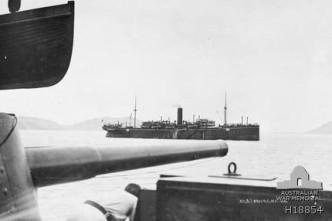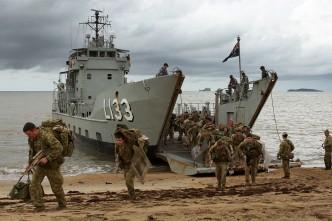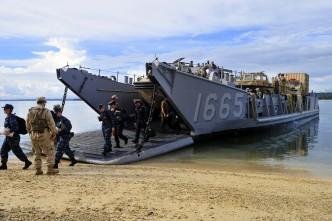Nic Stuart made a straightforward point last Wednesday: if you want an amphibious capability, make your case. I do, so I will. But at least there has been plenty of debate. By a rough count …
Thomas Lonergan’s piece on amphibious capabilities and Australia’s maritime strategy makes some insightful observations. One of his most poignant points is the effect that Hollywood has had on warping our images and perceptions of amphibious …
A provocative piece by American journalist Eddie Walsh is currently doing the rounds, making some bold claims about how Australians under 40 view the US–Australia alliance. Based on meetings with ‘dozens’ of Canberra diplomats, think …
The vista from the White House is very different from the “serenity” that is seen from the front lawn of the Lodge. This is evident in Andrew Smith’s post DWP 2013—what will the Americans think?. …
In Peter Layton’s recent post Australia’s many ‘maritime strategies’ he noted that: [A] maritime strategy of land force expeditionary warfare across the Indonesian archipelago… sounds somewhat reminiscent of the last days of WWII, when Australia …
In my previous post I discussed the broad utility of an amphibious capability and noted how its popularity has waxed and waned over the past century or so. Narrowing our gaze down to Australia, we …
The end of amphibious operations has been prophesised at various times during the past century. After the Gallipoli experience in 1915, many military thinkers in Britain and elsewhere believed that airpower, modern artillery, machines guns, …
Al Palazzo’s post ‘A defence dividend need not become a defence liability’ raises some important points and provides sage advice to those responsible for the management of the Defence budget. One of the critical points …







